Behind the Curve: Debunking Top Scoliosis Myths (Part 4 - Living with Scoliosis)
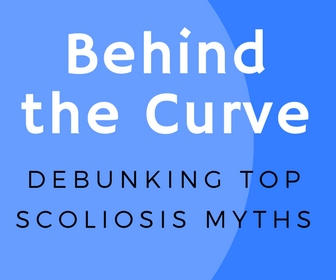

Learn more about scoliosis, spinal treatment and products from Boston Orthotics & Prosthetics. Blog posts cover new technology, product comparisons, clinician profiles, scoliosis treatment results, resources for patients and families, and inspiring stories about living with scoliosis.

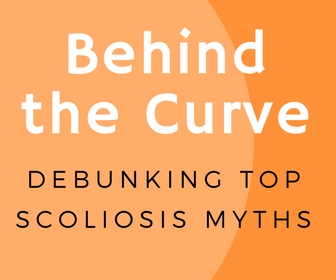

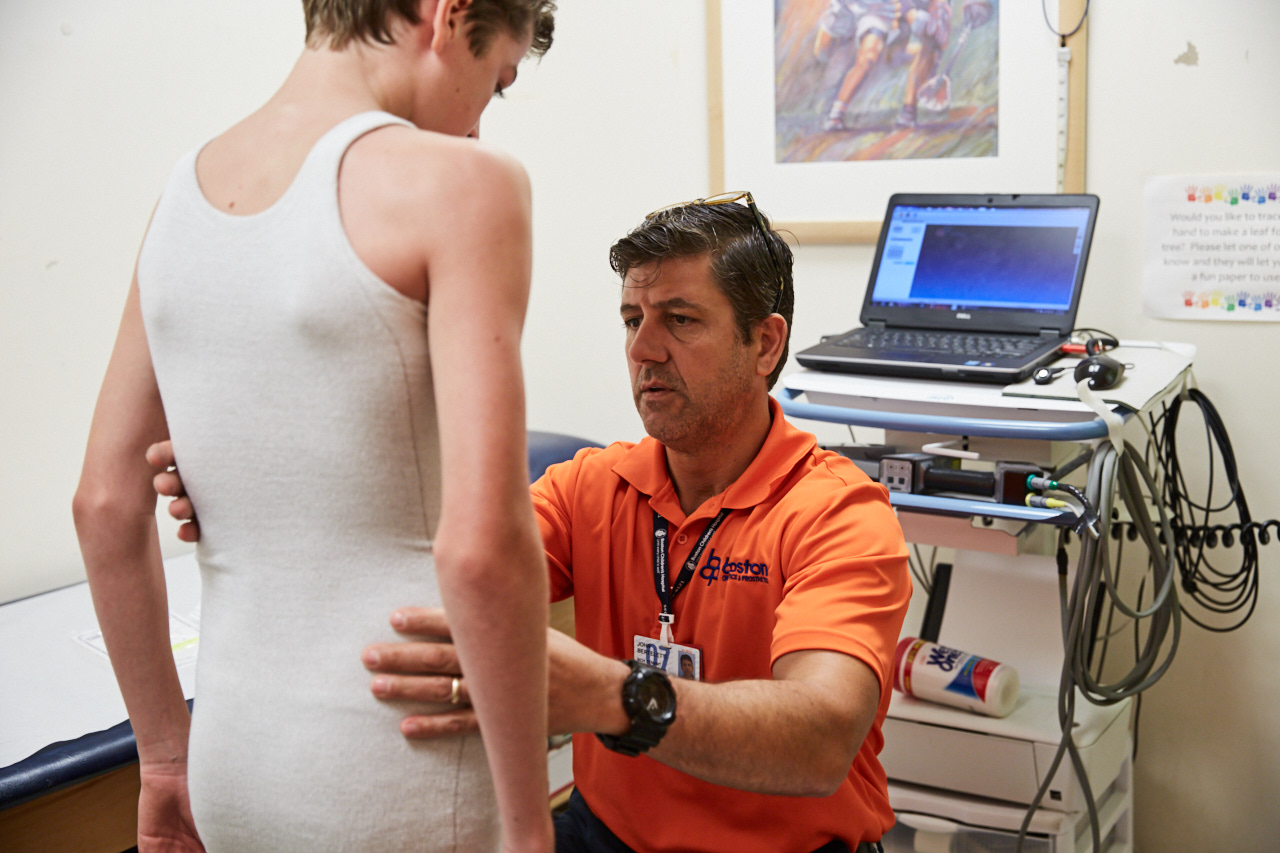
John Berteletti has been with Boston Orthotics & Prosthetics for more than 25 years, and has been called “the godfather of the Boston Brace 3D”—the latest evolution of the Boston Brace System, which is custom fabricated for each individual patient using a digital laser scan and precise measurements to create a 3D CAD/CAM model. In this Q&A, John discusses how he joined Boston O&P, his role in developing the Boston Brace 3D, and key advances in scoliosis care.

As pioneers in the field of scoliosis bracing, the professionals at Boston O&P have heard a lot misconceptions associated with scoliosis, living with it, and how it is treated. In this multi-part series, we will share some of the myths most commonly discussed between clinicians and families and provide information to support a better understanding of scoliosis and scoliosis bracing.

Every year, the majority of new scoliosis cases are diagnosed in girls at or near the onset of puberty. It is an already emotionally challenging time in a young person’s life, made more complex by a diagnosis that can result in multiple doctor visits, brace fittings, pain, discomfort, and adjusting to wearing a brace.
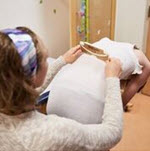
It’s officially back to school season for many families, and that often includes getting a mandated physical for school and / or sports participation.
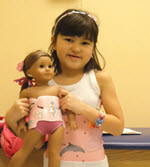
Imagine this: You’re a little girl with scoliosis being measured for a Boston Brace. How would a matching brace for your favorite doll make you feel? According to Samantha Pincus, the answer is "a little less scared" and "maybe a little excited."